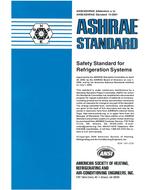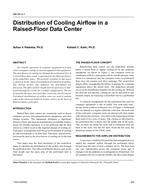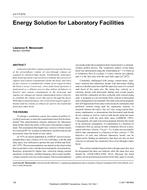The 2012 International Energy Conservation Code (IECC) requires new homes and major renovations to have a pressuretest of the building envelope and duct systems that are located outside of the thermal envelope. Testing is vital as leaky homesand ductwork often represent major sources of energy waste in homes. Many states will likely adopt the 2012 IECC over the nextfew years. However, many states currently lack the capacity to meet the testing requirements mandated by the 2012 IECC. Toensure code adoption and compliance, it is critical that states build a lasting infrastructure to offer testing services and that theseservices be available at a competitive price. If not, there could be a serious threat of a backlash against the testing provisionsof the 2012 IECC, or perhaps the entire code.
In 2011, Georgia implemented a building energy code that requires duct and building envelope leakage testing (DET) andaddresses performance testing issues left unresolved by the IECC such as who is qualified to perform the required testing, wherethe testing results should be recorded, how the testing requirements apply to upgrades and renovations to existing homes andduct systems, whether there should be special considerations for multifamily buildings (e.g., sampling), and what is an acceptableand effective duct sealant. This case study addresses key issues such as the appropriate experience and training required for DETprofessionals, acceptance of existing national testing certifications, and effective outreach strategies to recruit and train DETprofessionals.
Citation: Thermal Performance of Exterior Envelopes of Whole Buildings XII
Product Details
- Published:
- 2013
- Number of Pages:
- 12
- File Size:
- 1 file , 5.9 MB
- Product Code(s):
- D-BldConf13-27


